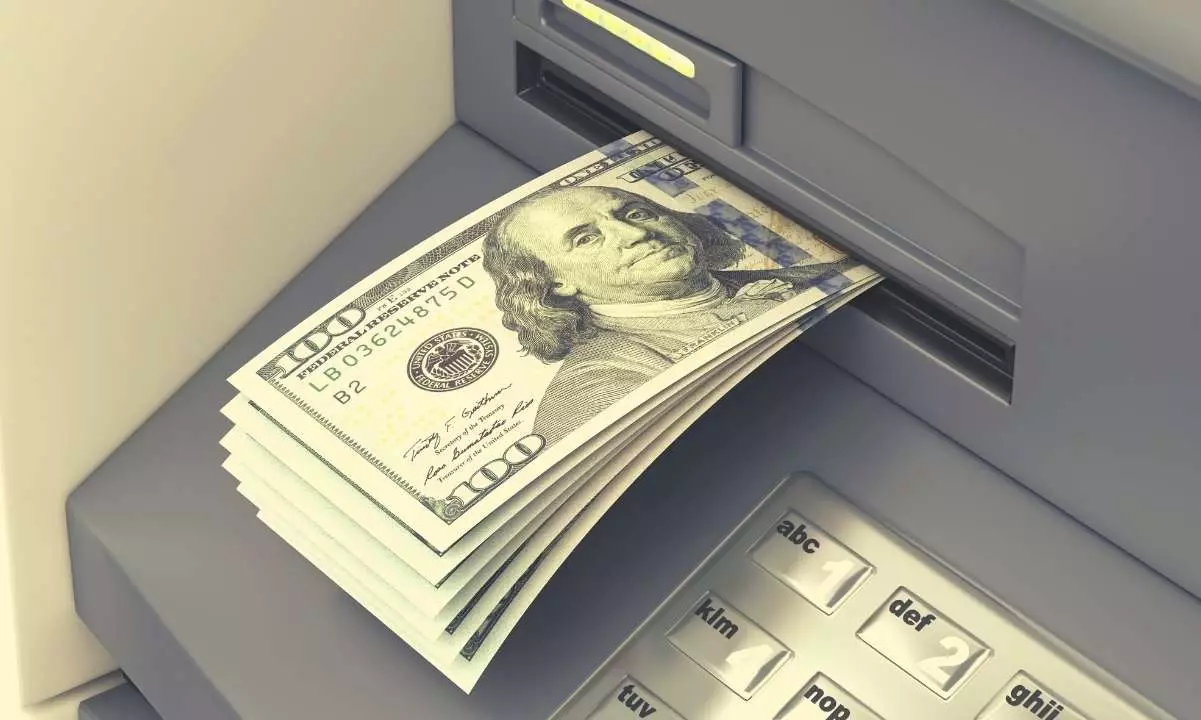The recent announcement of a national meme coin by the Central African Republic (CAR) has ignited a whirlwind of discussion and skepticism within the crypto community. President Faustin-Archange Touadéra’s launch of the coin, simply named CAR, not only highlights the intersection of politics and digital currency but also underscores the volatility and intrigue surrounding meme coins as an investment vehicle.
Meme coins have rapidly evolved from mere internet phenomena into a significant aspect of the cryptocurrency landscape. Originally birthed from humorous online culture, these coins have recently garnered attention from high-profile political figures and governments. The CAR coin’s introduction exemplifies this shift, as it is not just a product of community-driven speculation but is reportedly sanctioned at the national level. However, observers are raising alarms about the coin’s legitimacy, driven partly by the fast profits seen by early adopters.
News broke that an investor managed to transform an investment of just $5,000 into over $12 million in a matter of hours following the CAR coin launch. This extraordinary return was facilitated by an early purchase of CAR tokens immediately after the announcement of their existence was made public. The trader’s strategy involved buying a staggering 46.57 million tokens, followed by selling a portion at a substantial premium. While such stories of rapid wealth accumulation are captivating, they raise questions about the sustainability of the CAR coin and the potential risks involved for less sophisticated investors.
The launch of CAR was embroiled in speculation regarding its authenticity. Certain AI tools flagged the video announcement from President Touadéra as potentially manipulated, leading to questions about whether a compromised social media account could be at play. Despite the fact that the original announcement remains live, the whispers of foul play have not dissipated, raising concerns that could deter potential investors. Adding to this environment of uncertainty, some experts have pointed to irregularities, including the registration of the project’s domain just days before the launch, which failed to adhere to the typical protocols one might expect from a government-endorsed cryptocurrency project.
Prominent figures within the cryptocurrency community have raised red flags about the CAR coin. Yokai Ryujin, founder of Unrevealed XYZ, articulated skepticism regarding the legitimacy of the project. He pointed out that the supposed locking of tokens through Streamflow—a security measure intended to provide investor confidence—was rendered dubious by reports that developers could still manipulate the supply of tokens. This fragile scenario creates a precarious position for investors, especially in a market already rife with scams and nefarious projects.
Furthermore, Ryujin observed suspicious activity shortly after the coin’s launch, indicating that developers allegedly reverted to a new contract while failing to maintain the promised locked amounts. This sort of behavior can seriously undermine trust, and if there are substantial holdings still accessible to developers, it adds a layer of risk to investors who may be lured by tales of quick profits.
The CAR meme coin serves as a case study in the broader implications of governmental involvement in cryptocurrency. While the innovation behind cryptocurrency purports to decentralize financial systems, initiatives like the CAR coin can blur these lines. Governments leveraging meme coins for communication and public engagement can simultaneously serve as both a paradigm shift and a potential risk factor for investors.
Countries like the Central African Republic may see the introduction of digital currencies as a pathway to modernization and economic advancement. However, governments moving too quickly in this direction, particularly without robust regulatory frameworks, can expose their citizens to scams and unsustainable financial practices.
As the CAR meme coin debuts, the ramifications stretch beyond simple trading narratives. It’s a reminder of the volatility inherent in the crypto market—a market driven by hype, speculation, and the need for caution. Potential investors should temper their enthusiasm with due diligence, weighing the potentially alluring profits against the backdrop of skepticism and risk that has emerged in the wake of the CAR announcement. Only time will reveal whether this new venture will thrive or dissolve into the annals of failed projects in the cryptocurrency sphere.


Leave a Reply